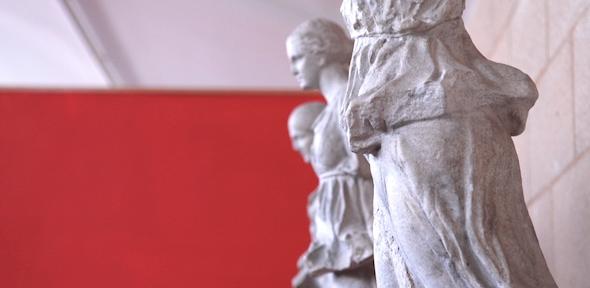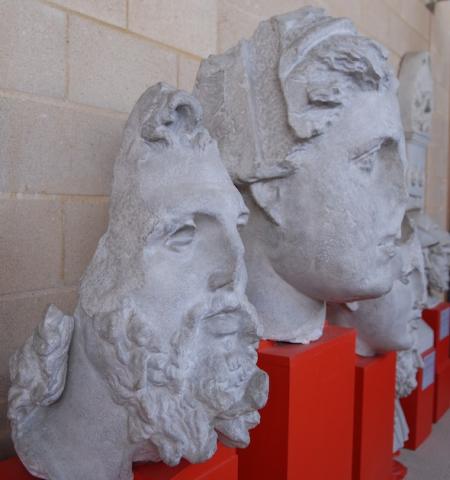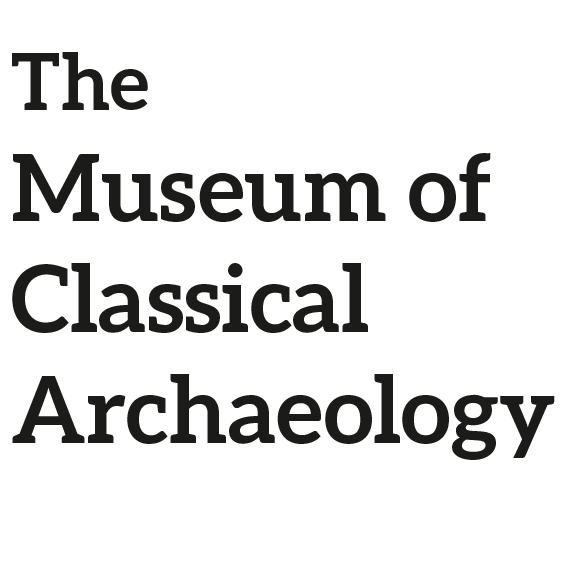
The Museum of Classical Archaeology is dedicated to the study and teaching of the classical past through the material and visual cultures of ancient Greece and Rome. Our collections are rather unusual, however. We don't only hold objects from 2,000 or so years ago – we also hold objects produced in the 19th century to replicate ancient artefacts which were housed somewhere else in the world.
Our Cast Gallery is home to one of the finest collections of plaster casts of Greek and Roman sculpture anywhere in the world – and our Museum has as many stories to tell about the practice of classical archaeology and the history of collecting the ancient past as it does about the history of classical art and the lives of ancient Greeks and Romans.
What is Classical Archaeology?
Classical Archaeology is the study of the physical remains left behind the people of antiquity, the material and visual cultures of ancient Greece and Rome. It grew as a discipline of academic study in the second half of the nineteenth century.
Our cast collection and the foundation of the Museum of Classical Archaeology in 1884 are testament to the privileged position of ancient Greek and Roman sculpture in those early years. But by the end of the First World War classical archaeologists were beginning to turn their gaze away from statuary toward a broader range of material evidence and methods - borne witness in the research range of the study of classical archaeology in the Faculty of Classics today.
The Cast Gallery
The Cast Gallery is home to over 450 plaster casts – some of which came into the collection in the nineteenth century and some of which were purchased in the last decade. The sculptures are laid out in the Gallery a little bit like they might be in a traditional art history book; we've put them in broadly chronological order, so that walking through our display space is like walking through time.
As a result, our visitors can quite literally see for themselves how the classical body changed from the Archaic period (7th and 6th centuries BCE) into the Classical (5th and 4th centuries BCE), and then through the Hellenistic period (3rd-1st centuries BCE) and into the Roman period (the 1st century BCE to the 3rd century CE).
We use the terms 'BCE' (Before the Common Era) and 'CE' (the Common Era) in place of BC and AD on our labels, to avoid using modern labels which post-date the pre-Christian and polytheistic cultures of ancient Greece and Rome.
But is it 'Art'?
Place ancient sculpture in a space called a 'gallery', and it makes sense to think of it as art – to think, for instance, in terms of sculptors and technical advancements or of formal developments and the progression of 'naturalism'. But few of the statues in the Cast Gallery were ever purely decorative. Instead, works of Greek and Roman sculpture were usually functional first and foremost: they were created as grave markers or honorific portraits, offerings to the gods or their manifestation on earth.

Cult statues, like these massive heads from the Temple of Despoina at Lykosoura, were more than mere decoration - they were the physical embodiment of the gods on earth.
Relationship to the University
The Museum of Classical Archaeology is one of nine museums and collections within the University of Cambridge. The work of the Museum is supported by the University and, in turn, the Museum supports the archaeological research and teaching undertaken in the Faculty of Classics.







